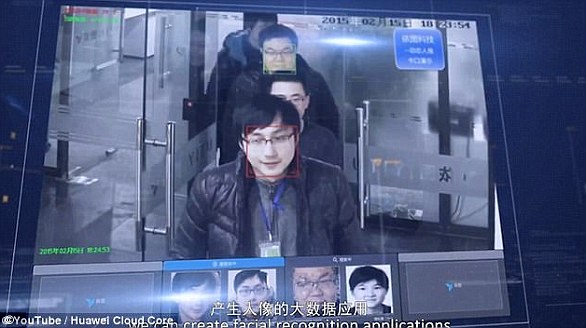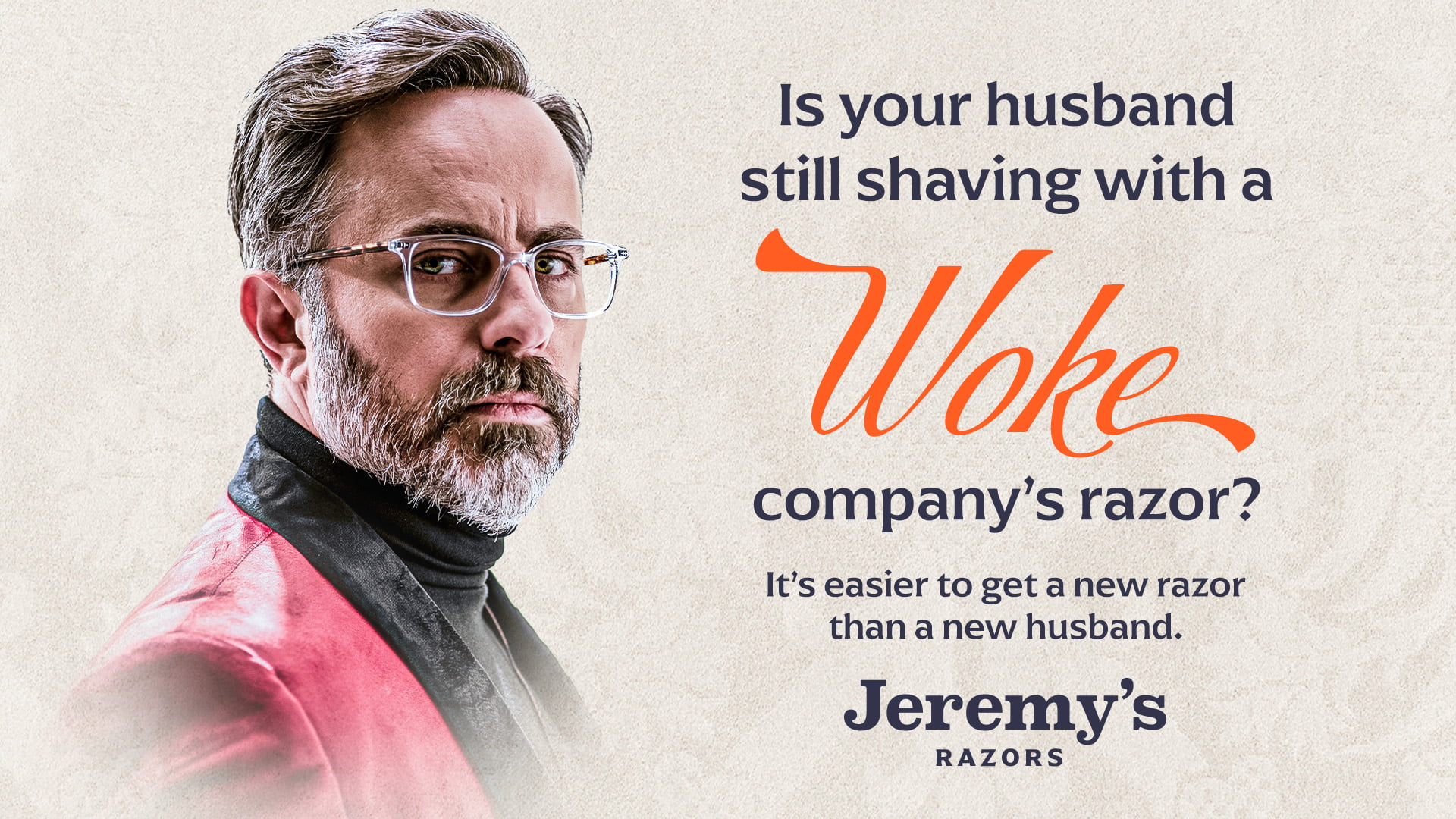John Lewis has become the first online retailer to use AI to check whether shoppers are old enough to buy knives.
Using a technology called facial age estimation, the online store can check whether someone is over 18 without needing to see their ID.
When someone wants to buy a knife, the shopper must give permission for the website to take a photo of their face which is then scanned by AI.
This has allowed John Lewis to start selling knives online for the first time since removing them from the store in 2009.
The technology has been provided by Yoti, which already provides age verification for social media and pornography sites.
According to Yoti, the software has been developed by training an AI on a database containing millions of photos of faces.
The company also claims that the software is better than human judgement and incorporates independently tested ‘anti-spoofing technology’.
That means teenagers won’t be able to trick the test by wearing a mask, or by holding up a picture of an adult.


Under UK law, it is illegal to sell knives or bladed items longer than three inches (7.62 cm) to anyone younger than 18.
To ensure that minors can’t skirt the law by shopping online, John Lewis hasn’t even been able to sell cutlery knives from its online store since 2022.
However, Yoti’s technology, which has been approved by the regulator Ofcom for use under the Online Safety Act, has now allowed knives to return.
At checkout, shoppers are presented with a pop-up asking them to verify their age.
Selecting this will take the user to Yoti’s website where they can provide a photo of themselves to prove they are over 18.
Yoti says that the photos are used only to verify the user’s age and are deleted immediately afterwards.
Once approved, John Lewis says that home deliveries will be made by Royal Mail who will ask for a photographic ID on the door before handing over the package.
Yoti claims that its test identifies 99.91 per cent of 13 to 17-year-olds correctly as under 25.



The test is accurate to 1.3 years for people between 13 and 17 years old.
Like with many forms of AI identification, there are concerns that Yoti’s technology might be less effective for darker skin tones.
Since minority groups are typically underrepresented in AI training data, facial recognition systems sometimes don’t work as well for non-white people.
Yoti says that there is no discernible bias across gender or skin tone for 13 to 17-year-olds.
However, its accuracy rates decline a small amount to 99.2 per cent for darker skin tones.
The news comes as the Government prepares to introduce stricter rules around knife sales.
Labour has committed to introducing a piece of legislation called Ronan’s Law which would ban a wide range of weapons and require stronger enforcement of ID checks.
Commander Stephen Clayman, the National Police Chiefs’ Council lead for knife crime, is currently completing a review into how to prevent the sale of knives online.

The report is due to be submitted to the Home Office by the end of this month.
A John Lewis spokesperson told MailOnline: ‘We take safety incredibly seriously, and in line with strict government guidelines, have added an additional layer of security when customers purchase knives online.
‘By adding facial age estimation at checkout, we can help customers buy from our range of knives while making sure they aren’t purchased by anyone under the age of 18.’
Facial age estimation technology like Yoti continues to be at the heart of the Government’s plan to introduce digital ID.
Under the plans, Britons will be able to prove their age by having a QR code on their phone that shops and pubs can scan.
Asda, Morrisons, and Tesco have already trialled using Yoti in self-checkout tills to avoid the need for ID checks on alcohol.
The system allowed customers to use the camera in the till to verify their age rather than providing a physical ID to a member of staff.
After completing the trial, all of the supermarkets involved confirmed their support for the technology to be rolled out more widely.

Ministers are introducing the change through the Data (Use and Access) Bill, and hope to have it up and running by the end of this year.
Today, the government confirmed that a digital version of the driving licence is being launched this year.
A new app will be unveiled this summer, which will include a ‘wallet’ to store digital versions of official documents.
This will begin with a veteran’s card, followed by a pilot of driving licences.
Science and Technology Secretary Peter Kyle said that by the end of 2027, the Government hopes to have a range of documents available inside the wallet, including DBS checks and every other credential issued by the government.


